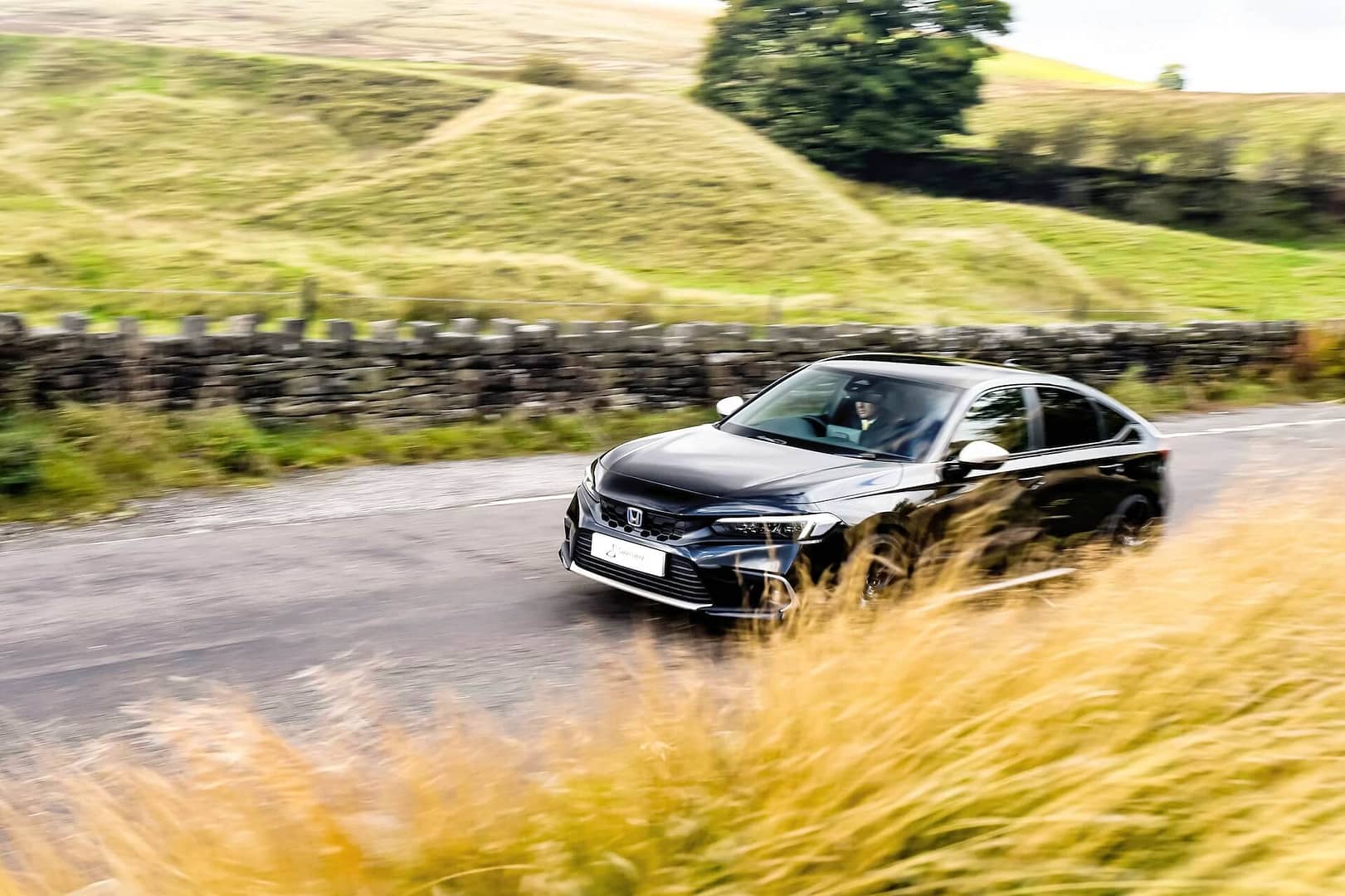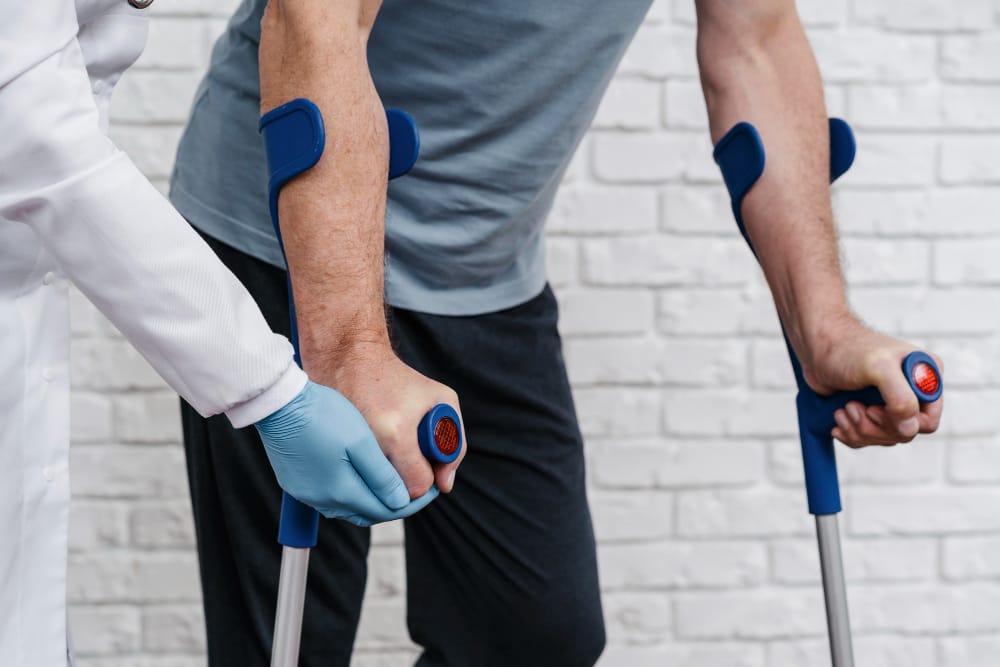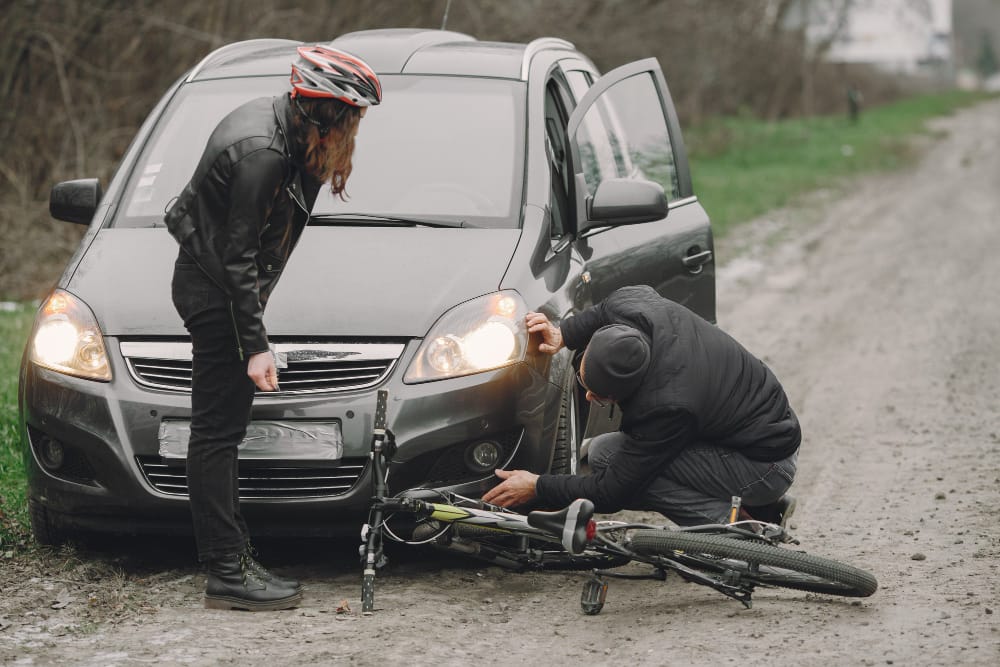If you or a loved one has experienced a spinal cord injury, the desire to regain independence is likely at the forefront of your mind. One significant aspect of independence for many is the ability to drive. However, the question often arises: Can you drive after a spinal cord injury? The answer is a resounding “yes” for many individuals, but it does come with its unique challenges and requirements. In this article, we will explore the journey of driving after a spinal cord injury, the adaptations necessary for your vehicle, and the road to independence.
The Road to Independence
For individuals who have experienced a spinal cord injury, regaining independence is a monumental milestone. It goes far beyond the act of driving itself; it signifies the ability to reclaim control over one’s life and defy the limitations that may seem insurmountable at first.
Driving after a spinal cord injury is not only possible but is often seen as a symbol of resilience. It’s about gaining the freedom to move around, being less reliant on others, and embracing new opportunities. But to embark on this journey, one must navigate through a series of challenges and adaptations.
Can You Drive After a Spinal Cord Injury?
The answer to the question “Can you drive after a spinal cord injury?” is a resounding “yes.” However, the ability to drive may be influenced by several factors, such as the level and severity of the spinal cord injury, the extent of physical limitations, and the individual’s medical condition.
Driving after a spinal cord injury is not a one-size-fits-all situation. It’s essential to work closely with your medical team, including your doctor and rehabilitation specialists, to determine your suitability for driving. Their guidance and assessments will help you understand the specific requirements and adjustments necessary to ensure safe driving.
The Role of Adaptations
Spinal cord injuries often result in varying degrees of paralysis, affecting one’s ability to use their lower limbs and sometimes their upper body. When it comes to driving, this necessitates certain adaptations to make the experience safe and comfortable. These adaptations can be divided into two categories: vehicle modifications and personal equipment.
Vehicle Modifications
Hand Controls: For individuals with limited or no use of their lower limbs, hand controls are a game-changer. These specialised controls replace traditional foot pedals with hand-operated devices, allowing the driver to accelerate and brake using their hands.
Steering Aids: Steering can be challenging for some individuals with spinal cord injuries. Devices like spinner knobs or steering cuffs can make it easier to control the wheel. Additionally, modifications to the steering column’s height and angle can be made to accommodate specific needs.
Accessible Seating: Many adaptations can be made to the vehicle’s seating to ensure comfort and support. Swivel seats, seat cushions, and custom seat adjustments can help individuals find a comfortable and safe driving position.
Loading and Securing Equipment: If you use a wheelchair, there are various ways to load it into your vehicle and secure it during travel. This might involve the installation of a wheelchair lift or a specially designed securement system.
Personal Equipment
Wheelchair and Mobility Aids: Depending on your specific needs, you may require a wheelchair or other mobility aids. These must be transported safely and securely in the vehicle.
Transfer and Transfer Aids: Getting in and out of the vehicle can be a challenge. Transfer boards and other transfer aids can facilitate the process, ensuring a safe transition from the wheelchair to the driver’s seat.
Adaptive Devices: Some individuals may require adaptive devices, such as specialised gloves or driving cuffs, to operate the vehicle effectively.
The Assessment Process
Before hitting the road, a thorough assessment is essential. This involves working closely with a Certified Driver Rehabilitation Specialist (CDRS) who will evaluate your driving skills, recommend appropriate adaptations, and provide training as needed. These professionals have the expertise to assess both physical and cognitive abilities, ensuring that driving after a spinal cord injury is safe and manageable.
The assessment process typically includes:
Medical Evaluation: A medical assessment to determine your fitness to drive after a spinal cord injury.
Adaptive Equipment Evaluation: The selection of appropriate adaptive equipment based on your specific needs.
On-Road Evaluation: Actual on-road testing to assess your driving abilities with the adapted equipment.
The Legal Aspect
Driving is not just about physical ability; it also involves adhering to legal requirements. Laws and regulations regarding driving after a spinal cord injury may vary from country to country and even from state to state. Therefore, it’s crucial to be aware of and follow the regulations in your specific region.
In the UK, for example, individuals with disabilities or medical conditions that may affect their driving ability are required to inform the Driver and Vehicle Licensing Agency (DVLA). The DVLA will then assess your case and provide guidance on whether you can continue driving, need adaptations, or should refrain from driving altogether.
Training and Education
Driving after a spinal cord injury often requires training and education. This isn’t just about knowing how to operate the adapted vehicle but also about becoming a more defensive and skilled driver. Individuals may undergo a formal training program with a CDRS to ensure they can safely navigate various driving scenarios.
Maintaining Independence
Driving after a spinal cord injury isn’t just about the act of driving; it’s about maintaining your independence. It means being able to go to work, visit friends and family, run errands, and simply enjoy the freedom to explore the world at your own pace.
For many individuals, this level of autonomy is a crucial part of their identity. It allows them to break free from the limitations imposed by their injury and continue living life on their terms. It’s a testament to human resilience and the ability to adapt, overcome, and thrive despite adversity.
Making a Serious Injury Claim with National Claims
At National Claims, we understand the profound impact that a spinal cord injury can have on your life. We are committed to supporting individuals in their journey towards recovery, rehabilitation, and regaining independence. If you or a loved one has experienced a spinal cord injury due to someone else’s negligence, you may be entitled to compensation.
Our team of experienced solicitors specialises in handling serious injury claims, including those related to spinal cord injuries. We are here to guide you through the legal process, ensuring that you receive the compensation you deserve, which can help cover medical expenses, rehabilitation, adaptive equipment, and other crucial aspects of your recovery.
The Process of Making a Serious Injury Claim
Initial Consultation: The first step in the claims process with National Claims is to schedule an initial consultation with our team. During this meeting, we will assess the details of your case, including the cause of the spinal cord injury and its impact on your life.
Legal Assessment: Our solicitors will conduct a comprehensive legal assessment of your case. This involves gathering evidence, consulting medical experts, and building a strong case to prove negligence or liability on the part of the responsible party.

Conclusion
In conclusion, the journey of driving after a spinal cord injury is an inspiring testament to human resilience. While the challenges may seem daunting, the ability to regain independence and take control of one’s life is a powerful motivator. With the right adaptations, training, and legal support, many individuals can overcome the physical, emotional, and legal obstacles associated with spinal cord injuries.
At National Claims, we are dedicated to helping you make a serious injury claim and obtain the compensation you deserve if your injury was the result of someone else’s negligence. Our experienced team is here to guide you through the process, from the initial consultation to negotiations and, if necessary, litigation. We understand the unique challenges that individuals with spinal cord injuries face and are committed to assisting you in your pursuit of justice and recovery.
The road to independence after a spinal cord injury may be winding, but with determination, support, and the right resources, it is a journey that can lead to a fulfilling and independent life. So, if you’re wondering whether you can drive after a spinal cord injury, remember that the answer is “yes.” Your journey may have its unique challenges, but the destination is well worth the effort.
Contact us today to get started on your claim and be put in touch with one of our claims specialists.
Click below to see why we are one of the most trusted claims management companies in the UK.

We’re proud of our excellent customer reviews
We thrive on delivering exceptional service and ensuring our clients’ satisfaction. Don’t just take our word for it. Check out some of our independent reviews to see what our clients have to say.
Excellent

This firm is excellent, they sorted out my car pay out and injury claim very fast, they always communicate with you all the time.

My accident case was dealt with confidence and with great result of the outcome, especially James kept me informed all the time.

I was very impressed at the way my inquiry was treated. I was listened to attentively and everything I needed to know was explained to me.






